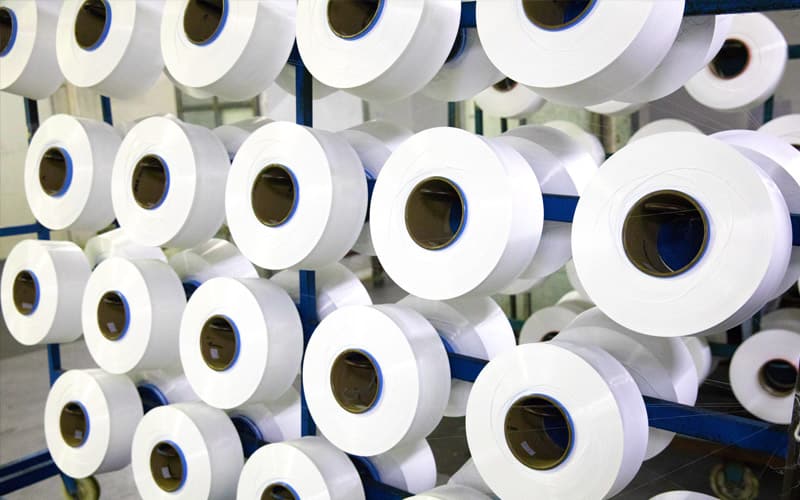Chemical fiber fabrics, polyester, acrylic, etc. are pr […]
Chemical fiber fabrics, polyester, acrylic, etc. are prone to static electricity.
It is divided into two categories: artificial fibers and synthetic fibers. Their common advantages are bright colors, soft texture, crisp drape, smoothness and comfort. Their disadvantages are poor wear resistance, heat resistance, moisture absorption, and air permeability. They are easily deformed when exposed to heat and are prone to static electricity.
Static electricity includes many natural examples, such as the attraction between a plastic bag and a hand, what seems to be a spontaneous barn explosion, the destruction of electronic components during the manufacturing process, how the photocopier works, etc. When the surface of an object touches other surfaces, the charges accumulate on the surface of the object and become static electricity.
Although the charge exchange is caused by the contact and separation of two surfaces, only when the resistance of one of the surfaces is high and the current becomes small, the effect of the charge exchange will be noticed. Because the charge will be trapped on that surface and spend a long time there, enough time for the effect to be observed.
The anti-static work clothes made by adding conductive fibers to chemical fiber fabrics are based on two mechanisms of leakage and neutralization of electric charges. When grounded, the static electricity on the fabric is neutralized by the corona discharge of the conductive fiber, and can also be discharged to the ground through the conductive fiber; when it is not grounded, the weak corona discharge of the conductive fiber is used to dissipate electricity.
The electrostatic interference produced by the human body can change the normal potential difference of the human body surface, affect the normal electrophysiological process of the myocardium and the normal conduction of the electrocardiogram without interference.
The generation of static electricity is due to the friction of two or more objects. Underwear, underwear, bras, shirts, etc. that are in direct contact with the skin often rub against other clothes to generate static electricity.
The friction between natural fibers and the friction between fibers and other objects can also generate static electricity. If the substance that generates static electricity is a conductor, the static electricity will disappear in a short time; if it is a poor conductor, it can stay for a long time and cause electrification. The speed at which the fiber product and its charge disappear is affected by the moisture content and relative humidity of the fiber.
The higher the moisture content, the higher the humidity, the faster the charge disappears; the lower the moisture content, the lower the humidity, the slower the charge disappears. Natural fiber has good hygroscopicity and can absorb moisture in the air, so that the resistance of the fiber surface is reduced, and the static electricity generated by friction is transmitted away. If the electric charge cannot accumulate the energy of the discharge, people will not feel the electricity. Man-made synthetic fibers have poor moisture absorption properties. The feeling of static electricity is most obvious when wearing.
